When I started skiing I thought I only needed to wear a waterproof jacket and pants.
But as I started to get better and spend more time in the mountains I realized the importance of layering.
Layering well can be the difference between a great day on the mountain and an awful one.
When you go skiing wear a baselayer, a midlayer, insulation, and a waterproof shell.
Now with that in mind let’s break down each type of layer starting with the torso and moving to the legs.
How to Layer For Skiing
Torso Layers
A Base Layer – Layer 1
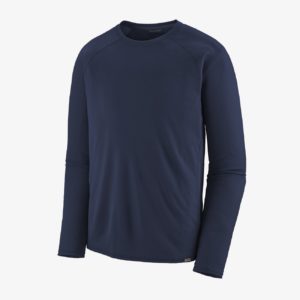
Polyester Baselayer 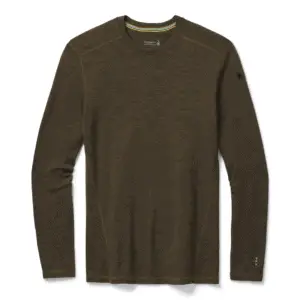
Wool Baselayer
First, put on a base layer. This layer is the foundation of your warmth and is responsible for wicking away the sweat you produce while skiing. Since it is responsible for moisture-wicking, choose a layer made of either polyester or wool and avoid cotton at all costs.
These layers come in a variety of thicknesses. I recommend that you get a midweight layer as it’s the most versatile and you can adjust the rest of your outfit to the temperature of the day.
(Love Skiing? Learn how to be a ski bum and not break the bank here.)
Midlayer – Layer 2
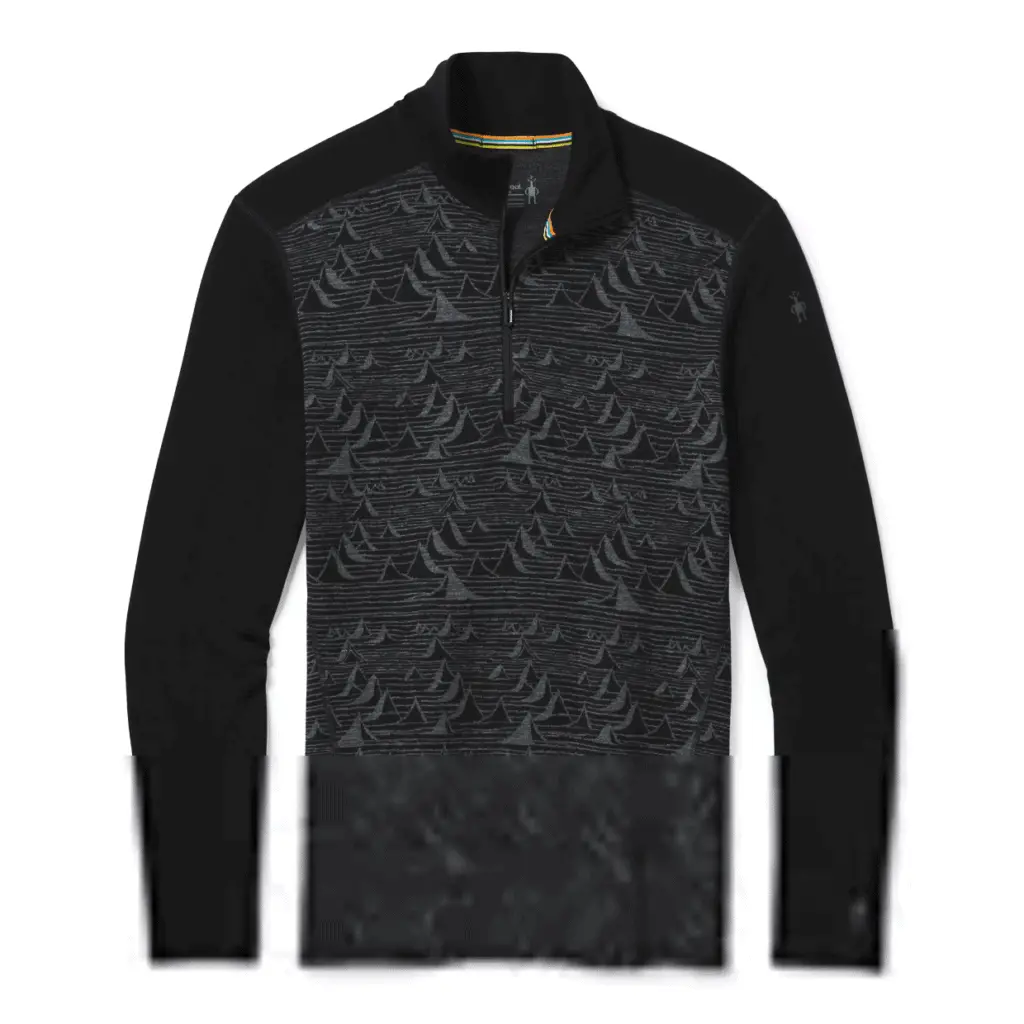
Wool Midlayer 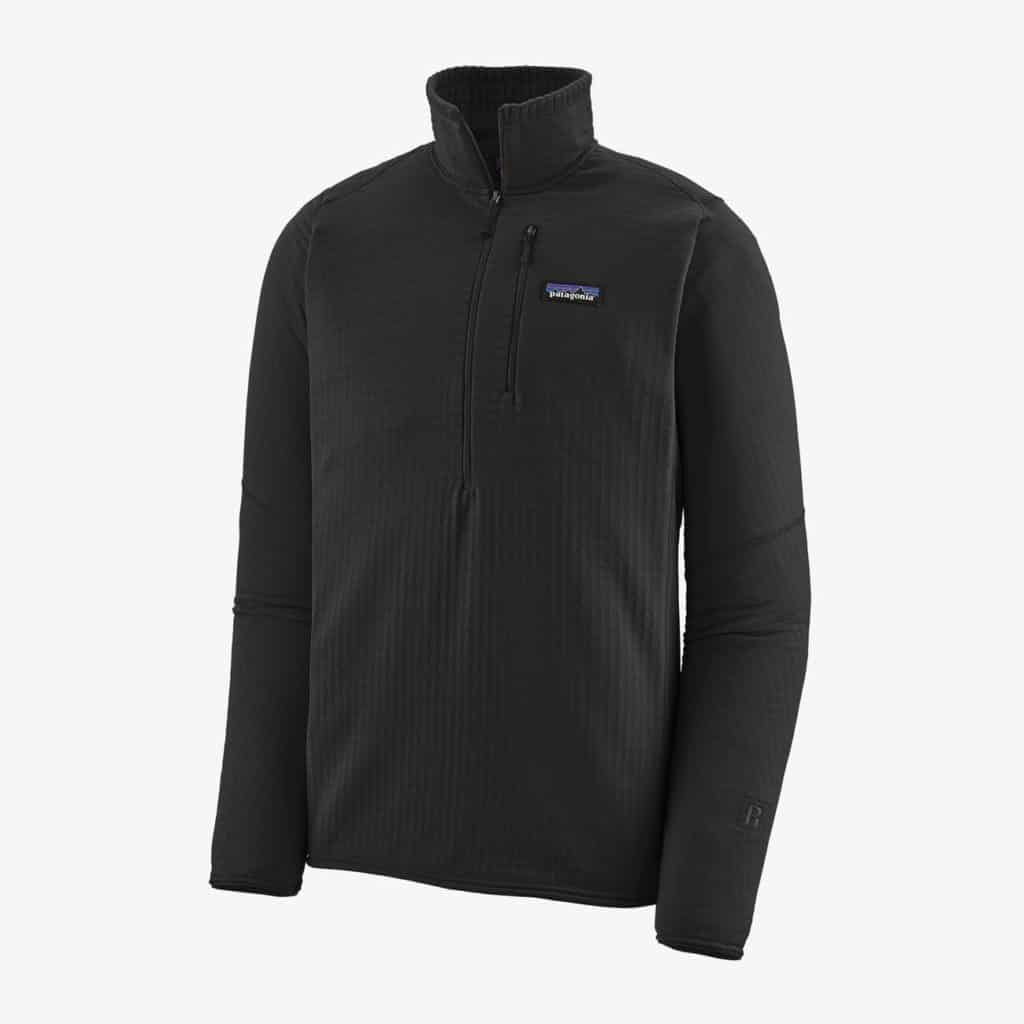
Polyester Midlayer
Now it’s time for the midlayer. Note, you only need a mid layer when it’s super cold. This is your next defense against the cold. The layer you choose will depend on whether you run warm or cold and how much heat you will generate during skiing.
Since this layer is not directly on the skin you can wear fleece zip-ups or polyester pullovers. Again I recommend staying away from cotton. To keep it minimalistic I recommend getting a polyester midlayer.
Insulation – Layer 3
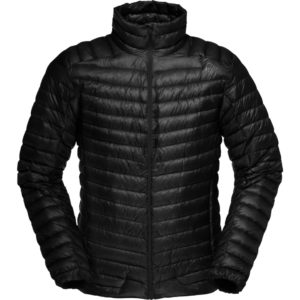
Down Insulation 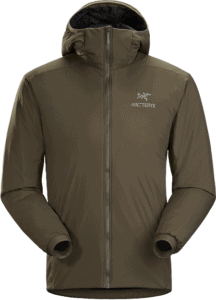
Primaloft Insulation
Your insulation will be the main way you control your warmth. The two best options for insulation are down and Primaloft.
Down is lightweight and has different warmth options, referred to as weight. Primaloft also has different warmth options, but unlike down, will retain more warmth when wet.
If you are backcountry touring or skiing in the resort casually I recommend down insulation. If you are a freeride skier or are constantly falling I recommend Primaloft as it will keep you warm even when it’s wet.
Depending on the temperature you can adjust the amount of insulation you need. When it’s really cold, more insulation. If it’s spring, for go the insulation, and wear a base and a mid layer.
The Jacket – Layer 4
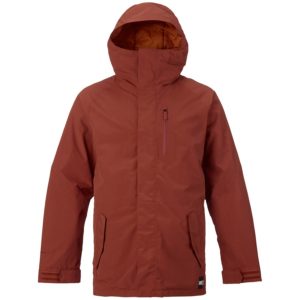
Insulated Jacket 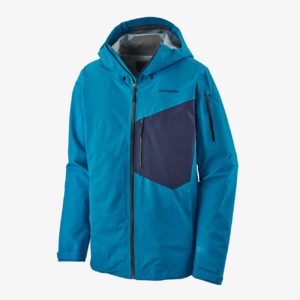
Non-Insulated Jacket
The shell is your fourth layer and your protection against the elements. There are many choices when it comes to shells but the two biggest differences are insulated and non-insulated.
Insulated shells have built-in warmth. Non-insulated shells are just a waterproof covering but are extremely versatile. I recommend getting a non-insulated shell for versatility.
Since it is just a shell you can adjust your layers accordingly and wear the same jacket on cold and warm days.
How to Layer for Skiing on Your Legs
A Base Layer – Layer 1

Full-Length Baselayer 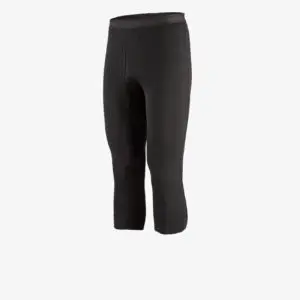
3/4ths Baselayer
Your leg layers use the same principles as your torso layers. Again the first layer you should put on is a baselayer. Choose a layer that is made of polyester or wool.
I recommend a 3/4ths pant base layer because you don’t want to put your baselayer in your ski boot because that can lead to shin pain. So opt for a 3/4ths pant or simply roll up your baselayer to above your boot.
These layers come in multiple thicknesses letting you dial in your warmth. I recommend getting one midweight and one heavyweight baselayer.
Insulation – Layer 2 (Optional)
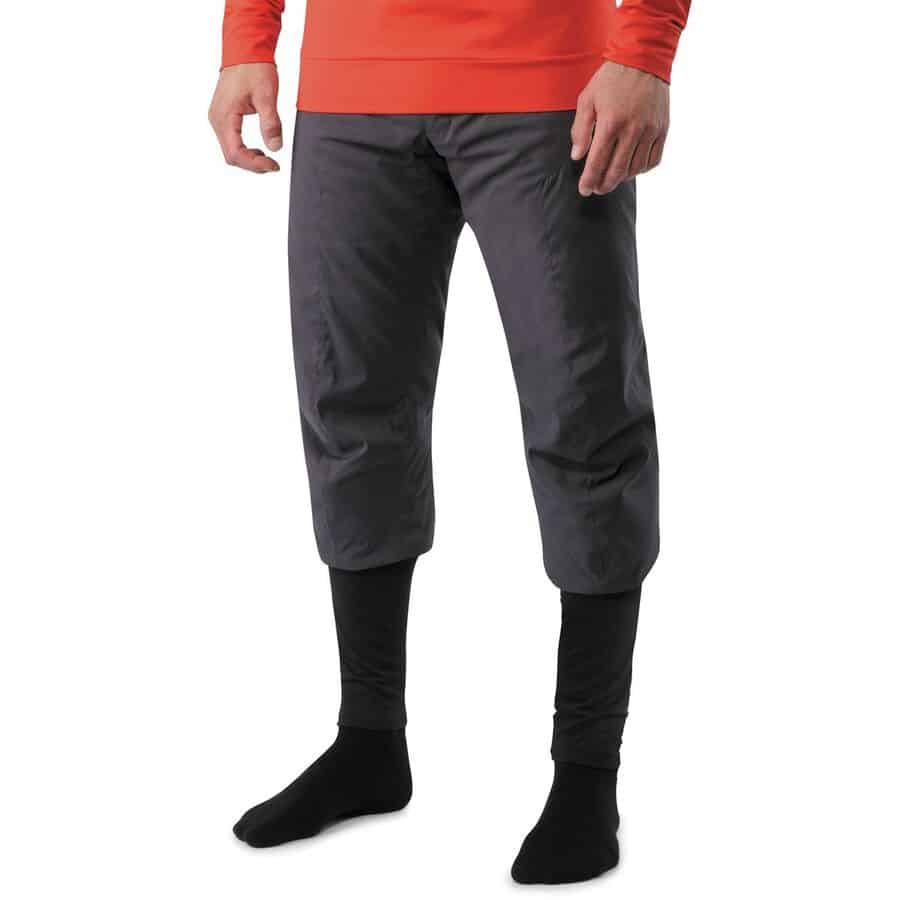
Primaloft Shorts 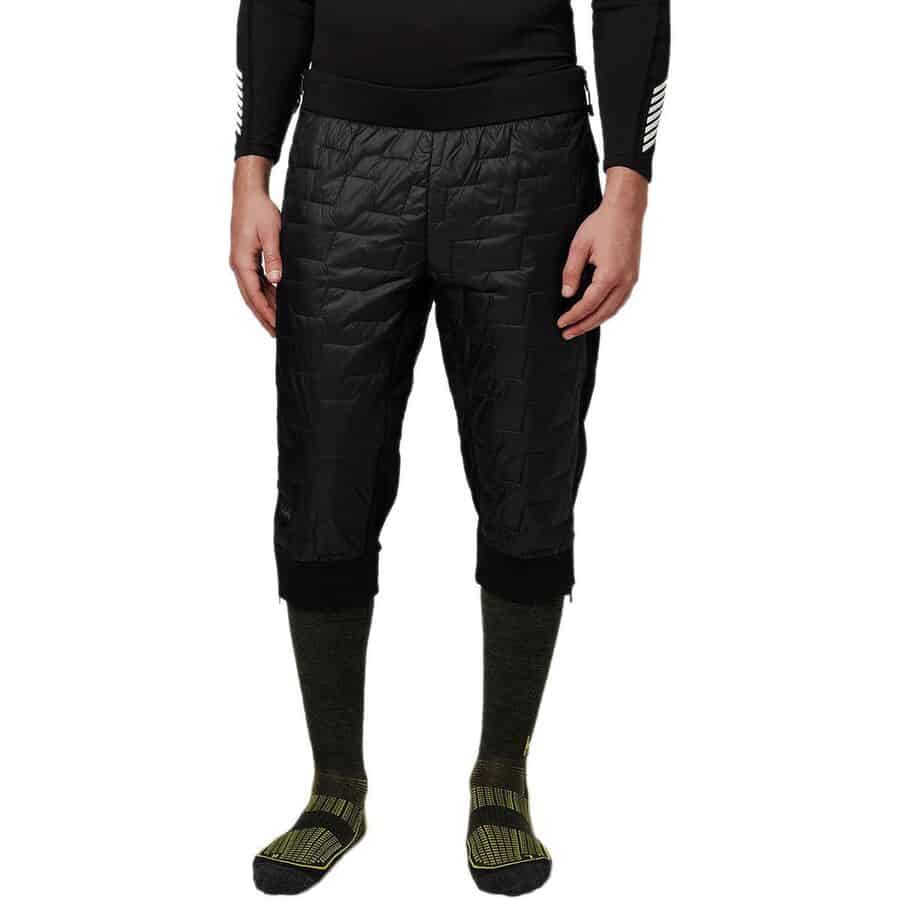
Down Shorts
I didn’t learn about this until recently but it changed the game for me. (Thanks Nikolai Schirmer for the knowledge) Just like you can control your temperature with insulation on your torso you can do the same on your legs with down or Primaloft shorts.
I recommend going with a down short because of how lightweight it is. Remember though, this layer is optional because unless you get cold easily or ski somewhere very cold most baselayers and pants will provide enough warmth.
A Waterproof Pant – Layer 3
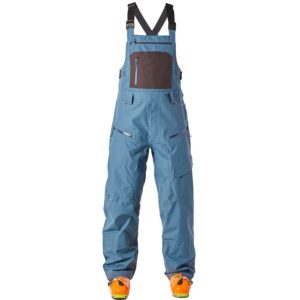
Non-Insulated Bib 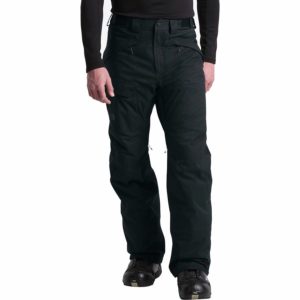
Insulated Ski Pant
Your final bottom layer is a waterproof pant. Just like jackets, there are insulated and non-insulated options. I recommend going with a non-insulated shell for ultimate temperature adjustability.
You also have the option to choose between a bib pant or a normal pant. If you like to ski powder or want maximum warmth I recommend bibs. They will keep the snow out and provide added warmth. If you like to ski inbounds and are not falling a bunch a normal ski pant will work just fine.
Other Layers:
Socks:
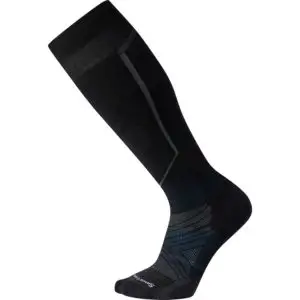
Wool Ski Sock 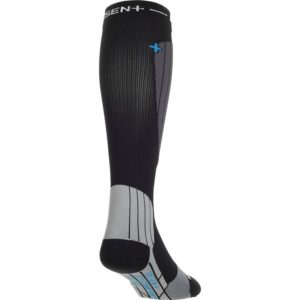
Compression Ski Sock
Feet are notorious for getting cold during skiing and socks are a very important layer. Since socks rest right against your skin I recommend that you get wool or polyester ones to wick moisture away.
I recommend looking for a compression sock. Since they are tighter they won’t move around and reduce the chance of you getting any blisters.
Facemasks:
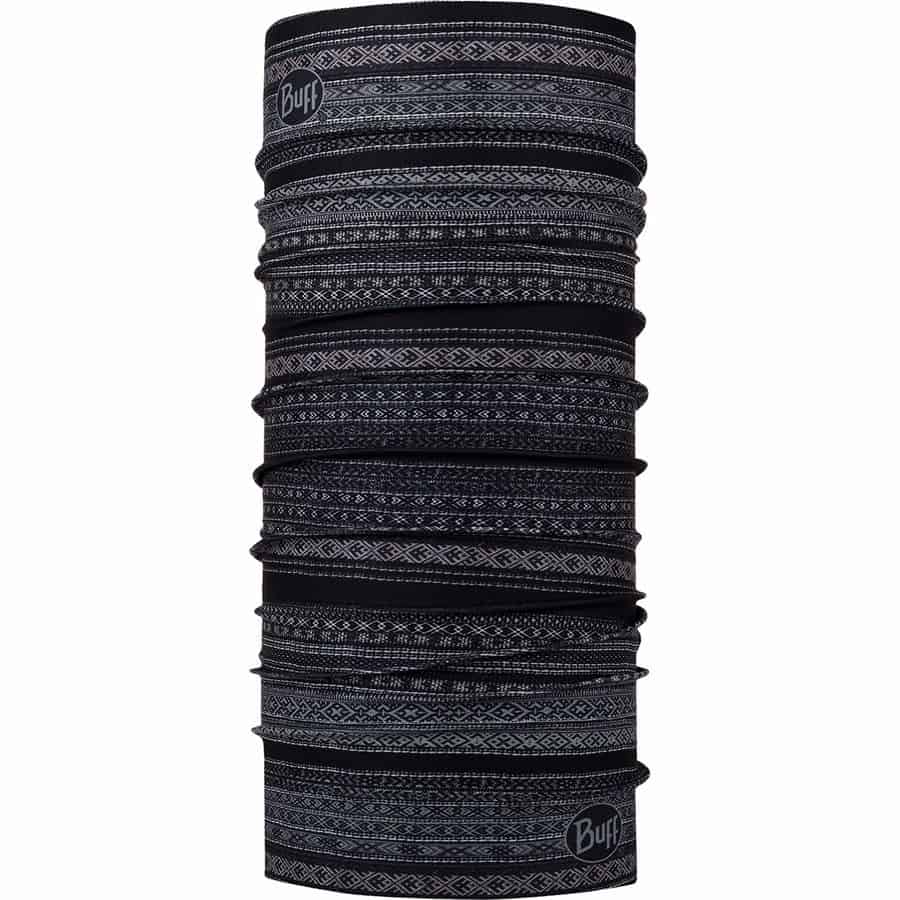
Headtube 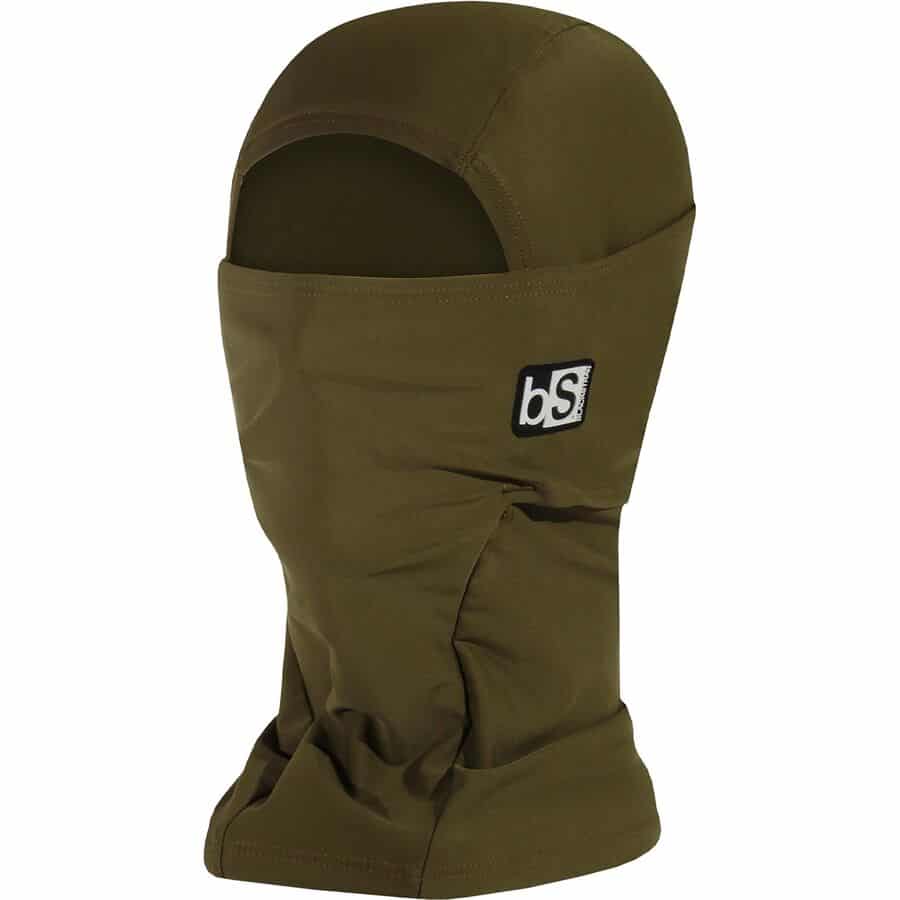
Balaclava
Whether you’re spring skiing or skiing a mid-winter storm, face masks are a great way to protect your skin from the elements. Again go with either wool or polyester.
I love the balaclava type facemasks that go over your head. They provide extra warmth and the hood ensures that they don’t slip down your head.
I hope this helps you decide what to wear skiing and helps you layer better this winter. Make sure to subscribe to my newsletter to be alerted every time I post.



Comments are closed.